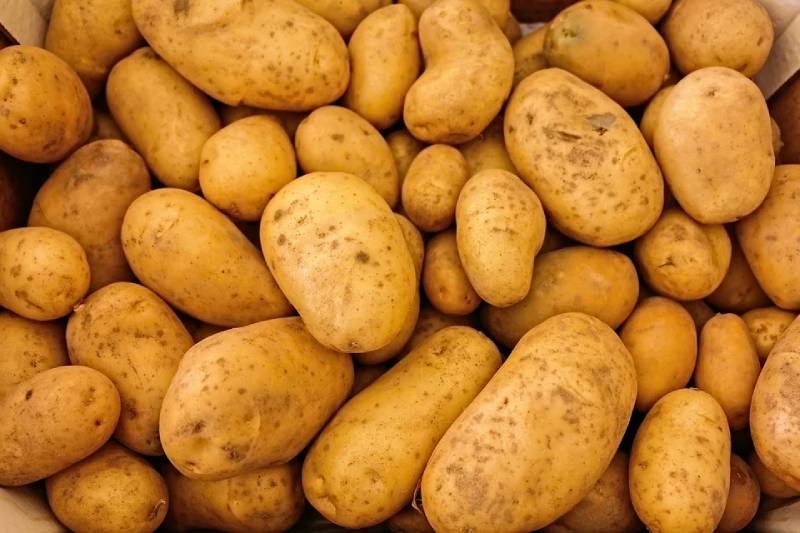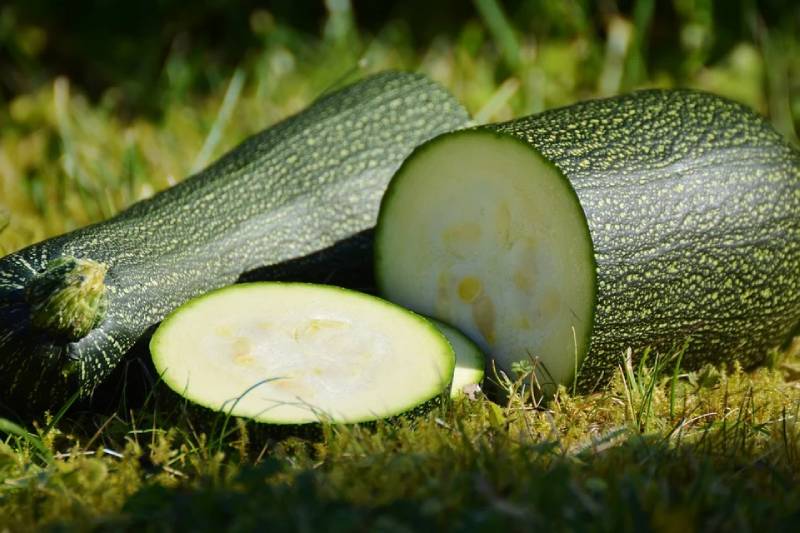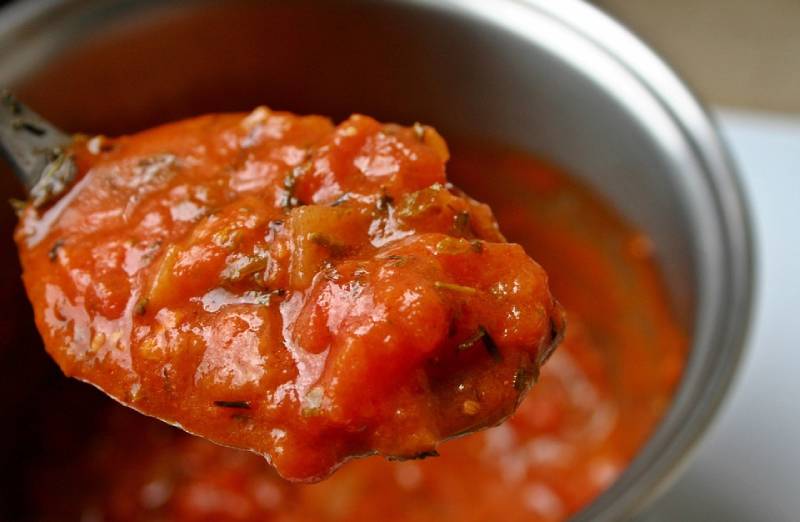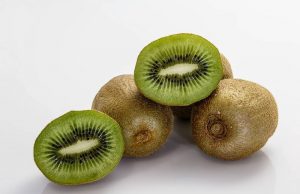best type of potato for frying or flour What does it mean when potatoes turn green?
What is the right potato type for French fries?
You are going to find these questions and much more.
We will also teach you how to make your puree at your own home as easy as possible.
8 Benefits of lime water for health and weight loss
The history of Potatoes:
The Incas called potatoes papas, which translates as tubers.
The first tubers were discovered in the Andes mountains,
approximately in the area of what is today Peru and Bolivia.
The farming of the tuber in that region, in hundreds of varieties, is documented as far back as 7000 years BC. In those days, though, potatoes did not taste the same as today. However, the Incas found out that high up in the Andes (3000 – 4000 meters), where the traditional corn would no longer grow, they could still achieve usable yields with potatoes.
Around the middle of the 16th century, the potato came to Europe via Spain and England. The potato was originally identified as an ornamental plant rather than an agricultural crop. The introduction of the potato changed the world substantially, as many sailors, in particular, realized that with potatoes, they had an extremely nutrient-rich, easily storable, and healthy foodstuff.
In that time, Potatoes turned into the main course.
Potatoes are one of the well-known food in the whole world, which uses in many ways such as French fries, which are delicious.
Nutrition Facts:
As all of us know, potatoes contain lots of Minerals and Vitamins.
A medium 5.3 oz. potato with skin-on is a valuable source of Vitamin C, which provides 30% of the recommended daily value.
We will mention some of the nutrition values in the table below:
| Nutrition Value per 100-gram potato | |||||||
| Vitamins | Quantity | %Dv | Minerals | Quantity | %Dv | ||
| Energy | 77 kcal | Vitamin A | 2.00 IU | 0% | Calcium | 12.00 mg | 1% |
| Carbohydrates | 17 g | Vitamin B6 | 0.298mg | 23% | Copper | 0.110 mg | 12% |
| sugars | 0.8 g | Vitamin C | 19.7 mg | 22% | Iron | 0.81 mg | 4% |
| Dietary fiber | 2.1 g | Vitamin E | 0.01 mg | 0% | Magnesium | 23.00 mg | 6% |
| Fat | 0.1 g | Vitamin K | 2.0 μg | 2% | Manganese | 0.153 mg | 7% |
| Protein | 2.1 g | Potassium | 425.00 mg | 9% | |||
| Water | 79.25 g | Sodium | 6.00 mg | 0% | |||
| Zinc | 0.30 mg | 3% | |||||
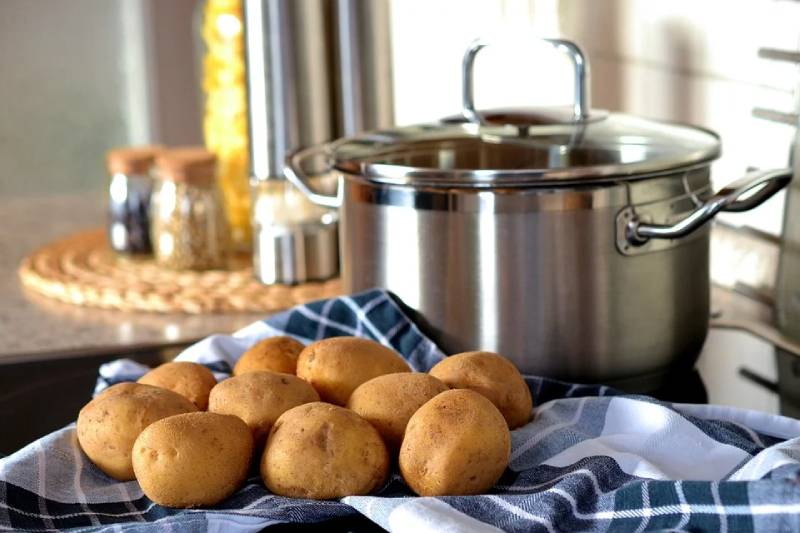

What does it mean when potatoes turn green?
Potatoes will often go green when they’re not stored properly, and they are exposed to light.
This problem is due to the formation of chlorophyll, which is found in all green plants, however, the green color is a useful indicator that levels of certain toxins that are harmful to humans, known as glycoalkaloids, may be increased.
Which type of potato is the best type of potato for frying ?
When you want to enjoy French fries, you may face a question. Your question would be, What the best potato type is.
Here we will answer your question.
The best type would be russet.
The russet has a high starch content, making it ideal for frying or baking, while the similar long white potato, which has a medium starch content, can be boiled, baked, or fried.
Should potato be soft ?
Raw potatoes should be firm to the touch with tight skin, free of large bruises, black spots. If a potato has become soft or mushy, you should throw it out, ” the poor soft potato”.
Potato flour :
Potato flour is one of the flour types, produced from cooked, dried, and ground potatoes. It is used as an ingredient in potato-based recipes to spread the potato taste. Potato flour is also used as a thickener for soups, gravies, and sauces. Potato flour is often confused with potato starch, but potato flour is produced from the entire dehydrated potato whereas potato starch is produced from the starch only.
Recipe with potatoes:
Ingredients:
One of the great recipes with potato is puree, which you can eat as a side or even as a main course.
This recipe is one of the easiest home-made recipes.
Ingredients:
2 1/4 pounds’ yellow potatoes, medium size
6 ounces’ butter, cold, cut into small pieces
1 cup full-fat milk
1/4 cup cream
Salt
Instruction:
- Wash the potatoes very well and cut them in half horizontally.
- Put potatoes in a large enough pot and cover with cold water, about 1 inch of water above the potatoes. Add 1/2 tablespoon of coarse salt for every 1/4 of water in the pan.
- Once the water reaches boiling point, lower the heat to low medium and simmer the potatoes uncovered for about 20 minutes or until the knife inserted in the potato goes very easy through it.
- Work quickly with the potatoes still hot – Drain the potatoes, put half a potato in your potato ricer using the disk with smaller wholes, potato skin side up. Press the potato into a pan, release the handles, open, and remove the skin. Continue with the remaining potatoes.
- Put the pan over medium heat and stir vigorously for 4 minutes with a wooden spatula, letting any excess water evaporate. Start adding the small pieces of cold butter, little by little, incorporating very well and stirring vigorously (no need to go to the gym tonight!). Again, don’t stress over the amount of butter, it’s still less caloric than French fries.
- Bring the milk and the cream to a boil, and add in a stream into the potato mix. U64ntil completely absorbed. Depending on the moisture level of your potatoes, you might need to adjust the quantity of milk.
- You don’t want a solid puree nor a runny one. So go slowly at the end to make sure you get the right consistency. If you need to add more milk, make sure you add it hot.
- Check the seasoning – salt only. This classic French purée does not have pepper, nutmeg, or any herbs added to it.
- Put the purée in a bain-marie to keep warm, adding a little butter over the purée, so it doesn’t form a dry skin.
- Serve the purée as a side dish for fish like sole Meniere, chicken, and braised meat or, you can eat it as an entire meal.
Potato Donuts Recipe:
Ingredients:
1 package (1/4 ounce) active dry yeast
1 cup warm buttermilk (110° to 115°)
1-1/2 cups warm mashed potatoes (without added milk and butter)
3 eggs
1/3 cup butter, melted
3 cups sugar, divided
4 teaspoons baking powder
1-1/2 teaspoons baking soda
1 teaspoon salt
1 teaspoon ground nutmeg
6 cups all-purpose flour
Oil for deep-fat frying
1/2 teaspoon ground cinnamon
Instruction:
- In a large bowl, dissolve yeast in warm buttermilk.
- Add potatoes, eggs, and butter. Add 2 cups sugar, baking powder, baking soda, salt, nutmeg, and 3 cups flour. Beat until smooth. Stir in enough remaining flour to form a soft dough. Do not knead. Cover and refrigerate for 2 hours.
- Turn onto a floured surface; divide into fourths. Roll each portion to 1/2-in thickness. Cut with a floured 3-in.
- In a deep fryer, heat oil to 375°. Fry doughnuts, a few at a time, until golden brown on both sides. Combine remaining sugar and cinnamon; roll doughnuts in cinnamon-sugar while warm.

